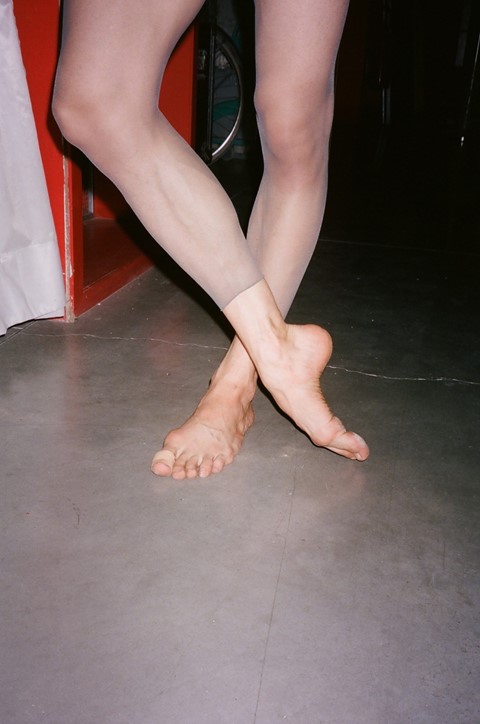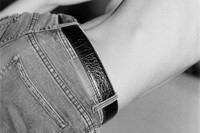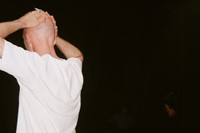“Dance has always been the most collaborative of art forms,” says director Wayne McGregor of the acclaimed dance festival, which will host 69 performances across ten days
The theme of this year’s Venice Biennale Danza, opening today, is Boundary-Less. It’s a title director Wayne McGregor relates to the contemporary condition of these unprecedented times, observing how “physical borders are eroding as quickly as geographical borders are redrawn”. Launched in 1999 as the dance component of the acclaimed La Biennale di Venezia, this year the festival will host 69 performances across ten days, showcasing works that marry genres, examine cultures, and ultimately reinvigorates ideas about dance.
In his festival introduction, McGregor writes that “dance has always been the most collaborative of art forms. We work through and with our bodies, in a seamless dialogue of mind and matter.” As artistic director of the eponymous Studio Wayne McGregor and resident choreographer of The Royal Ballet since 2006 – he’s also collaborated with Gareth Pugh, and most recently worked on ABBA Voyage – the choreographer has spent much of his career contemplating the medium’s borders, defining, rewriting and ignoring those previously set out. Two years into his four-year tenure as festival director, for 2022 he is giving this even greater consideration. “What is it for an artist/an artwork to be boundary-less today?” he asks. “Isn’t art making, the very act of breaking boundaries, borders and barriers?”
Below, here are five highlights from this year’s Biennale Danza:
Piazza San Marco Event, Biennale College Danza
Speaking to AnOther in 2017, senior performing arts curator at the Walker Arts Center Philip Bither described Merce Cunningham as the “most influential, prolific and consistently creative dance creator of the past half-century.” 50 years after its debut in the city, the American choreographer’s acclaimed Piazza San Marco Event is being restaged, performed by members of the Biennale College. A collaboration between the college and the Cunningham Trust – taught, rehearsed and arranged by Daniel Squire and Jeanne Steele of the Merce Cunningham Dance Company – the performance will take place on floating stages between St Mark’s square and the Arsenale. Well known for cross-artform creations, the performers’ costumes have been designed by Bottega Veneta’s Matthieu Blazy.
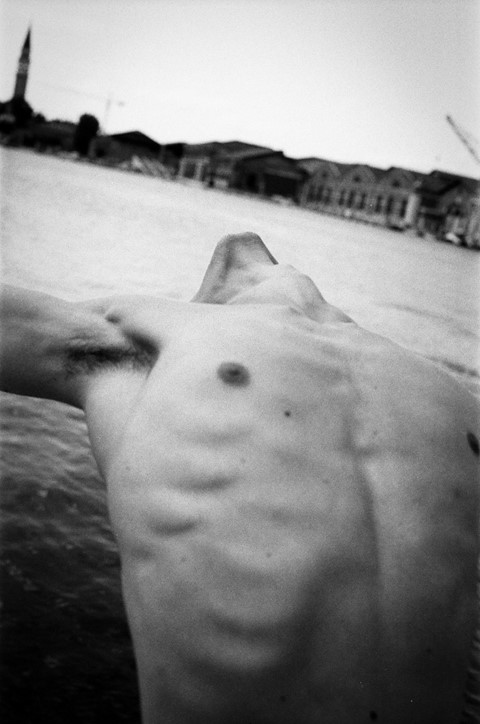
Carnación, Rocío Molina
On Wednesday night, this year’s recipient of the Silver Lion Award, choreographer Rocío Molina, will perform a new piece titled Carnación. Marrying traditional flamenco styles with more contemporary movements and improvisations, Molina’s practice explores the old and new with equal consideration. Explaining why he awarded her the Silver Lion, McGregor writes, “Molina weaves a 21st-century dialogue with the past to reinvent a fresh future for the form – speaking directly to the now in honest and evocative terms.” With Carnación, she takes on desire and builds on her own physical mythology.
Dance Film Screenings
In addition, to live performances, the festival is screening 12 and a half hours of dance on film. Floored by Pina (2011)? Fascinated by Franz Rogowski’s performance in Happy End (2017)? Although neither film is showing at the festival, they speak to the diversity of possibilities when two powerful mediums are combined. In Venice, the programme examines this and much more, highlighting established filmmakers alongside a new generation of dance filmmakers who are producing work on their phones. In Id-Body, Diego Tortelli casts the human body as a Tetris puzzle, while Blanca Li’s Elektro Mathematrix looks at what it is to be at school today. Wong Kar-wai’s Happy Together (1997) – and that Tango scene – closes the day.
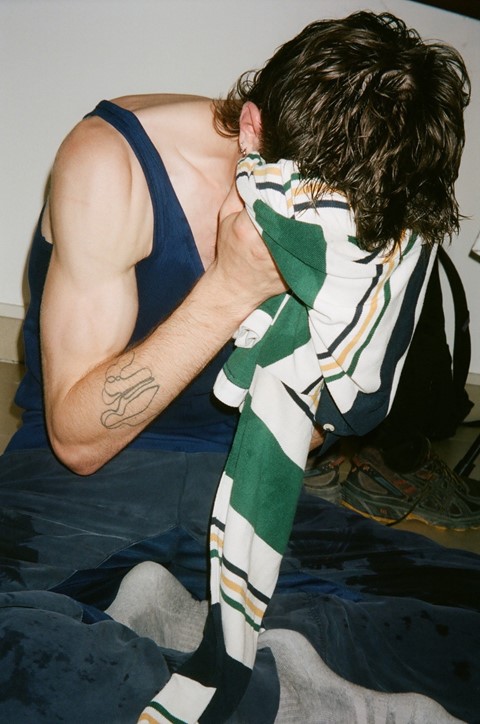
Maggie the Cat, Trajal Harrell
Perhaps best known for Twenty Looks or Paris is Burning at the Judson Church, American choreographer Trajal Harrell’s work is the product of blended styles and experiments in genre, most notably informed by ballroom culture. His 2017 piece Hoochie Koochie became the first dance-based practice to fully take over the Barbican gallery. “I pretended like it was nothing, but really it was a big deal for me,” he told AnOther at the time. In Maggie the Cat, which makes its Italian premiere at the biennale, Harrell looks to the runway. The evolution of over two decades of work, the piece unpacks runway movement from the court of Louis XIV through to its use in voguing competitions.
Indigo Lewin, Artist in Residence 21
“I think my time working on this project really reminded me of the necessity of touch and being around other bodies,” Indigo Lewin recently told Dazed. “It has always been a central focus in my work and the pandemic really disrupted that.” Referring to Venice Biennale Danza 2021, for which the British photographer was commissioned by McGregor to document the festival, Lewin’s images echo the near necessity of post-lockdown intimacy that inspired the director’s first festival, titled First Sense. The photos are on display at Sale d’Armi – Arsenale throughout the 2022 event.
The Biennale Danza 2022 runs from 22-31 July 2022.
